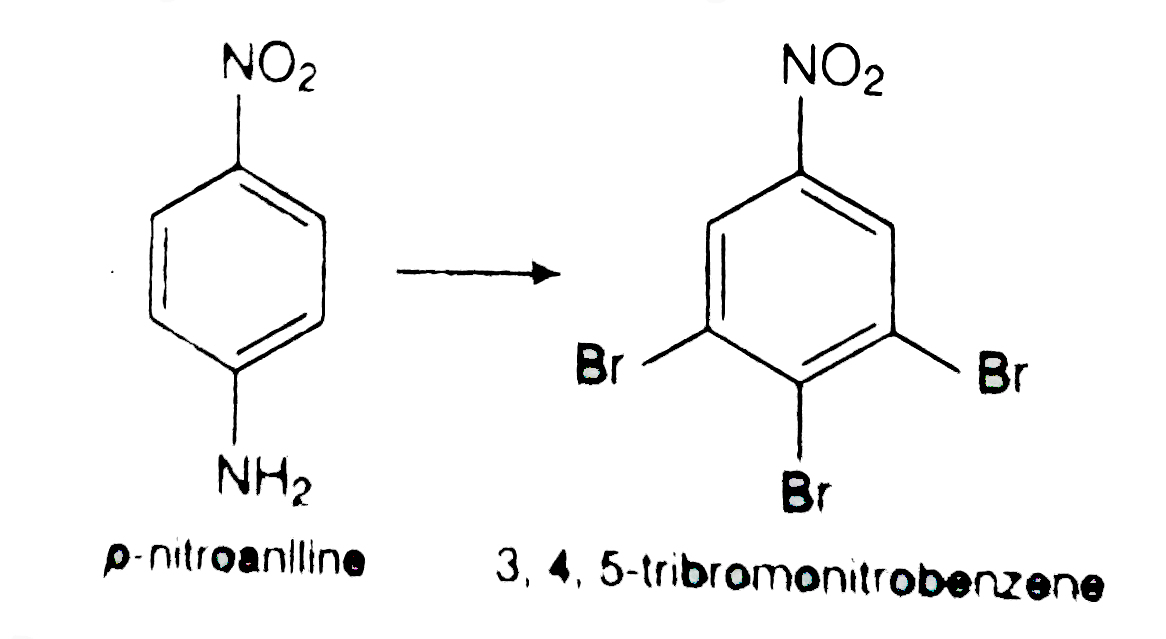How will you bring about the conversion:
glycerol to formic acid.
To convert glycerol to formic acid, we can follow these steps:
Step 1: Reaction of Glycerol with Oxalic Acid
Start with glycerol, which has the structure:
CH2OH−CHOH−CH2OH
When glycerol reacts with oxalic acid (C2H2O4), it forms glycerol monooxalate. The reaction can be represented as:
Glycerol+Oxalic Acid→Glycerol Monooxalate+H2O
Step 2: Heating the Glycerol Monooxalate
Heat the glycerol monooxalate at 110°C. During this heating process, a carboxylic acid group from oxalic acid will attach to the glycerol structure, and water will be eliminated. The structure of glycerol monooxalate can be represented as:
CH2OOC−CHOH−CH2OH
Step 3: Decarboxylation
Next, the glycerol monooxalate undergoes decarboxylation, which involves the removal of carbon dioxide (CO2). The reaction can be summarized as:
Glycerol Monooxalate→Intermediate+CO2
The intermediate structure will be:
CH2OOC−CHOH−CH2OH
Step 4: Hydration to Form Formic Acid
Now, add water (H2O) to the intermediate. This hydration process will yield formic acid (HCOOH) along with the remaining glycerol structure. The final reaction can be represented as:
Intermediate+H2O→Formic Acid+Glycerol
Final Product
Thus, the final products of this reaction sequence will be:
Formic Acid(HCOOH)
Summary of Steps:
1. Glycerol reacts with oxalic acid to form glycerol monooxalate.
2. Heat glycerol monooxalate at 110°C to eliminate water.
3. Decarboxylate the glycerol monooxalate to form an intermediate.
4. Hydrate the intermediate to produce formic acid.
---
Start with glycerol, which has the structure:
CH2OH−CHOH−CH2OH
Glycerol+Oxalic Acid→Glycerol Monooxalate+H2O
Heat the glycerol monooxalate at 110°C. During this heating process, a carboxylic acid group from oxalic acid will attach to the glycerol structure, and water will be eliminated. The structure of glycerol monooxalate can be represented as:
CH2OOC−CHOH−CH2OH
Next, the glycerol monooxalate undergoes decarboxylation, which involves the removal of carbon dioxide (CO2). The reaction can be summarized as:
Glycerol Monooxalate→Intermediate+CO2
CH2OOC−CHOH−CH2OH
Now, add water (H2O) to the intermediate. This hydration process will yield formic acid (HCOOH) along with the remaining glycerol structure. The final reaction can be represented as:
Intermediate+H2O→Formic Acid+Glycerol
Thus, the final products of this reaction sequence will be:
Formic Acid(HCOOH)
1. Glycerol reacts with oxalic acid to form glycerol monooxalate.
2. Heat glycerol monooxalate at 110°C to eliminate water.
3. Decarboxylate the glycerol monooxalate to form an intermediate.
4. Hydrate the intermediate to produce formic acid.
Topper's Solved these Questions
Similar Questions
Benzene diazonium chloride on reaction with aniline in the presence of dilute hydrochloric acid gives :
View SolutionHow will you bring about the following conversions :
Acetic acid to glycineView SolutionHow will you bring about the following conversions :
Acetic acid to methylamineView SolutionHow will you bring about the following conversions ?
 View Solution
View SolutionHow will you bring out the following conversion?
 View Solution
View SolutionHow will you bring about the following conversions?
Propanoic acid to acetic acidView SolutionHow will you bring about the following conversions :
Propanoic acid to lactic acidView SolutionHow will you bring about the following conversions :
Ethanoic acid to propanoic acidView SolutionHow will you bring about the following conversions?
Acetic acid to ethaneView SolutionHow will you bring about following conversion : Formic acid to oxalic acid ?
View Solution

